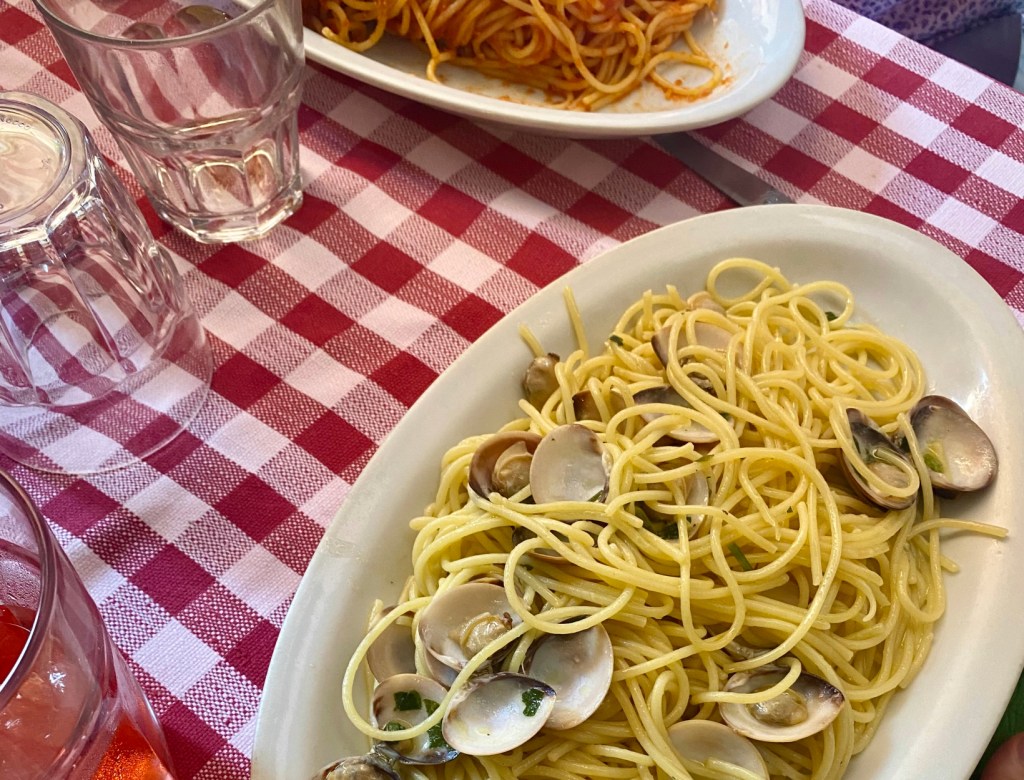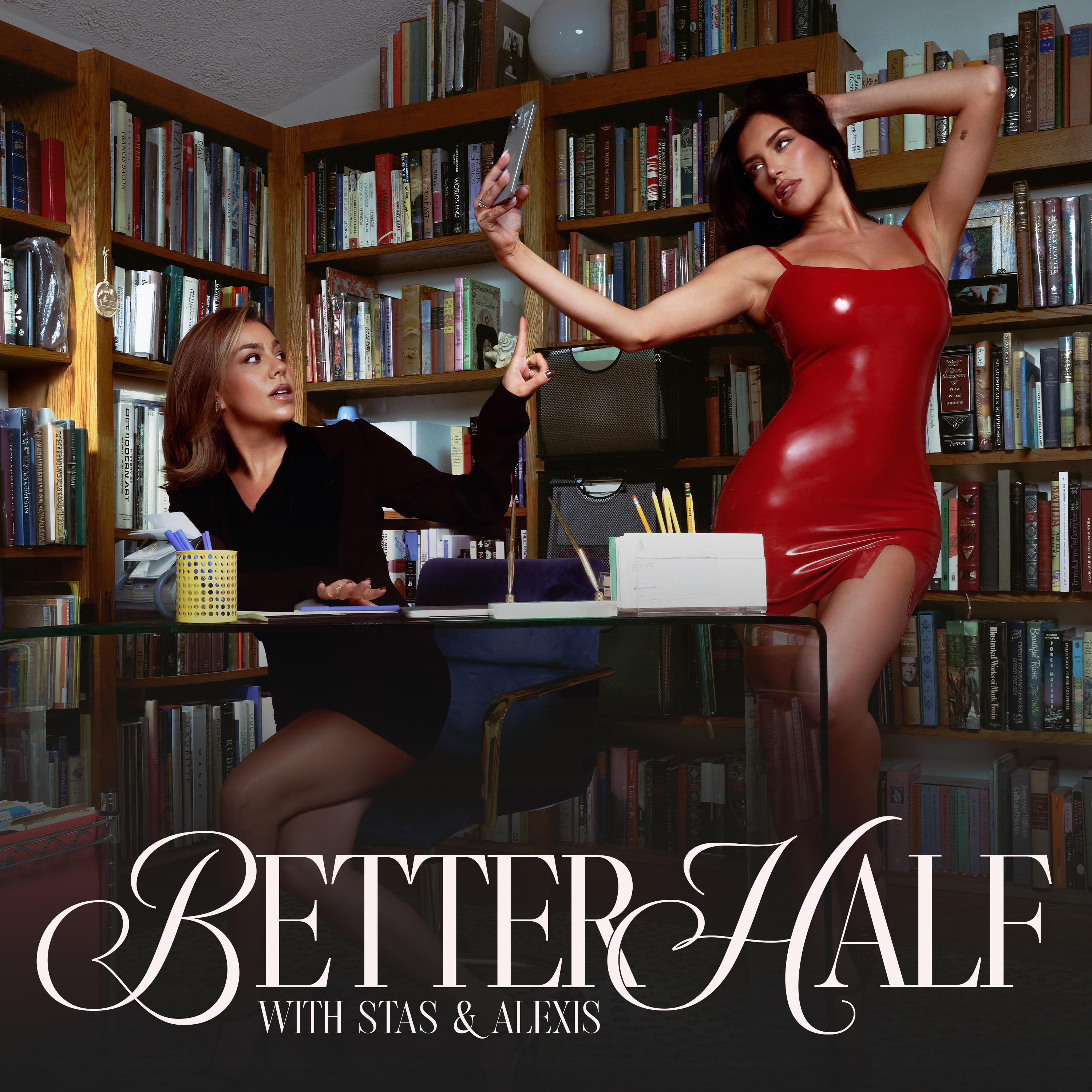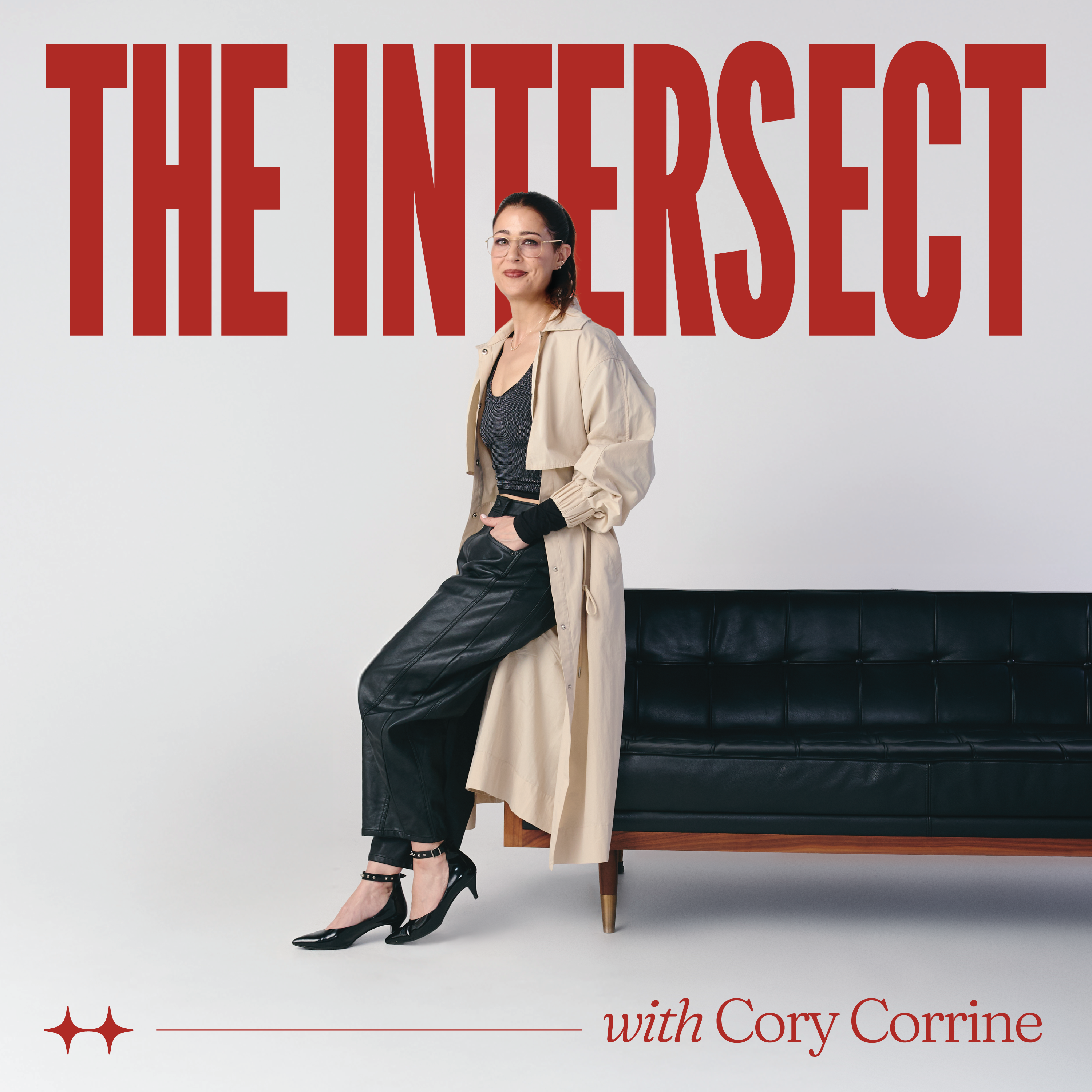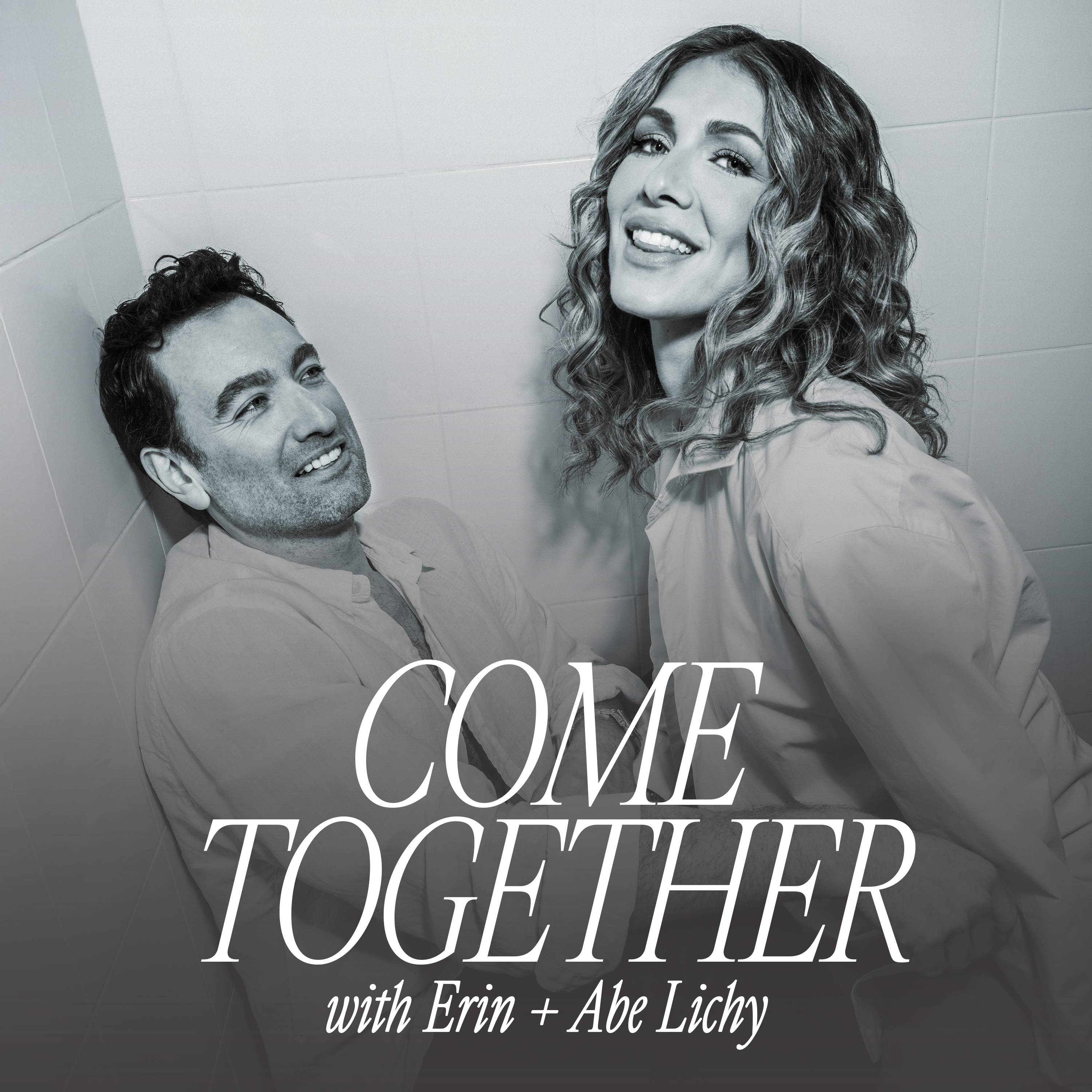How This Sexual Abuse Survivor Built a Life—and Career—Empowering Women After CSA

For too many women, childhood sexual abuse (CSA) sits like a silent weight on the heart: heavy, unspoken, and life-altering. On The Real Stuff with Lucie Fink, attorney and author Alreen Haeggquist proves that silence doesn’t have to be your only option. Through raw honesty and a no-fluff approach to healing, she models what it means not just to survive, but to thrive after unthinkable harm.
Facing childhood sexual abuse: Alreen’s story
Haeggquist was four years old when her father first sexually abused her. The abuse continued for years, hidden behind a family facade of religious observance and respectability.
“I grew up as a very scared, terrified kid who didn’t have anybody to talk to,” Haeggquist says. Her father was physically, verbally, and sexually abusive—all while the adults around her looked the other way.
The household code was silence—dress up, smile, head to the mosque, and pretend nothing happened. “My survival mechanism was just to keep it all in, keep all of those emotions, just get through day to day,” she says as she recalls her earliest coping method.
Breaking the silence
At age twelve, Haeggquist’s older sister disclosed the abuse and left home. The sexual abuse stopped, but their father’s rage intensified. It would be years before Haeggquist herself spoke about what happened.
After giving birth to her first child, her body was screaming for help. She developed ulcers, and her doctor kept telling her the same thing: “You’re not feeling your emotions.”
In therapy, Haeggquist began inner-child work, revisiting the frightened little girl she once was. The breakthrough ame with what she describes as “a huge energy release.” Naming the pain became the gateway to freedom.
“By letting it out…I feel free. It allows me to live my best life,” Haeggquist says.
From survivor to advocate and attorney
Fueled by what she calls her “natural instinct to protect,” Haeggquist built herself a legal career devoted to empowering other women. As managing partner of Haeggquist & Eck in San Diego, she takes on giants—from Fortune 500 companies to local agencies—so that survivors are heard and compensated.
“I see women every single day who come into my office who feel hopeless and helpless,” she reveals. “Every single woman that leaves at the end of it, they feel empowered.”
Practical ways to thrive after childhood sexual abuse
Haeggquist’s path to healing wasn’t linear, but several strategies that helped her journey offers a blueprint any survivor can adapt:
- Acknowledge the truth—even if words feel impossible. When Haeggquist first mouthed “yes” to her sister, the dam cracked. Small truths make way for bigger ones.
- Seek trauma-informed therapy. Whether EMDR, inner-child work, or somatic practices, targeted support moves stored trauma out of the body. “Once I let it go, it only goes in an upward trajectory,” she says.
- Find (or build) safe relationships. Haeggquist admits she “did every possible thing to push [her future husband] away,” yet his patience helped rewrite her trust script.
- Leverage community—professional or personal. Not everyone needs a courtroom, but everyone deserves backup. Haeggquist reminds listeners that legal and mental-health allies exist precisely so survivors don’t have to carry the load alone.
- Own your narrative. Writing her memoir allowed Haeggquist to read and re-read the past “until it had less and less of an impact.” Your outlet might be journaling, podcasting, painting, or simply speaking to a trusted friend—whatever loosens trauma’s grip.
If Haeggquist’s story resonates with you or someone you know, help is available. For more information and additional resources, consider:
- RAINN (Rape, Abuse & Incest National Network): 24/7 confidential hotline: 800-656-HOPE
- National Sexual Violence Resource Center (NSVRC): education and local referrals
- Childhelp National Child Abuse Hotline: 800-4-A-CHILD (800-422-4453)




















Leave a Reply